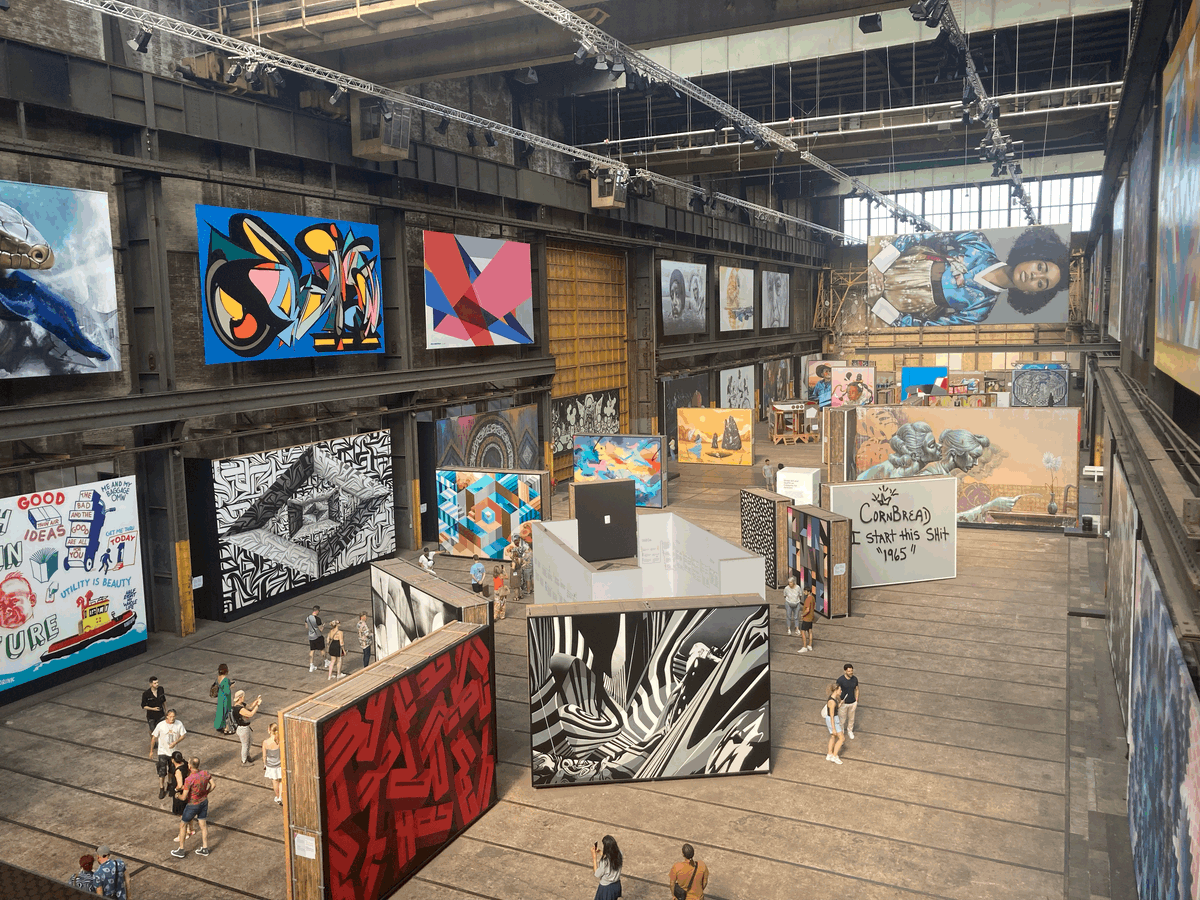There Is A Factory

In many of the previous posts we have been laying the groundwork for the answers to the big questions. I've already alluded to a division of labour, the role of commoditisation, ownership, the digital supply chain. The discussions in sources of truth and mining for new primitives are also quite relevant background information to what I'm about to write here.
Software development is digital manufacturing. More than that, every app is a on-demand factory for a portfolio of unique digital experiences. More than that, many of these digital factories communicate with data stores around the globe with transmission networks that may move at anywhere from light-speed to no-speed (one aspect of a digital supply chain) in order to produce those experiences. In the best case scenarios they may do this so quickly that it masks the reality of what is happening perfectly.
The role of the device in this model is contributions to the divisions of labour and the supply chain. In fact this is an example of an enforced division of labour where if handshake agreements are broken along technological boundaries, application developers may have no recourse.
These factories are invisible, largely automated, expected to have 100% uptime, expected to be cheap to build, expected to operate for free, and expected to be producing experiences no one has ever seen before.
The factory may be emergent from a number of distinct entities, with each party having its own production processes, machinery, and supply chain, any of which can fail at any time.
The factory is made possible by a diverse set of professions. Who are designers to the factory? They create the facades of user-facing machines, and facades to obscure that there is autonomous machinery working in the background. Who are the users to the factory? Simultaneously customers and workers.
The factory is expected to be flexible and quick to change, perhaps to produce an entirely new portfolio of digital experiences, any of which could invite a whole new set of production processes, machinery, a new supply chain, and an altering of the deal for any legacy factories. The factory is expected to scale its output between zero and infinity as required. The factory is expected to deliver its output in the face of global gridlock and supply chain disruptions. The factory is expected to benefit from commoditisation while also remaining protected by ownership.
The factory is expected to change over time to produce entirely new product lines, and the factory is also expected to stay the same. The factory is expected to remain fully within industrial control, while it is built on sovereign land. The factory is expected be seamlessly replaceable and instantly updatable.
We expect a lot from our factories, and the people responsible for them.
We're just getting started in unpacking it all.